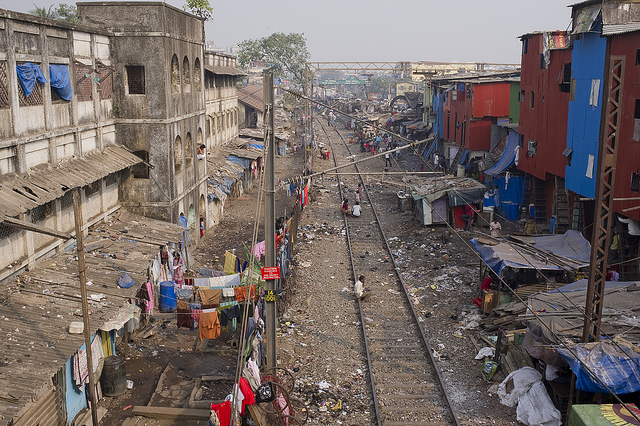India Has 363 Million Poor, Thanks To New Definition
India has a new definition of poverty. According to the expert committee headed by former Prime Minister Manmohan Singh’s economic advisory council chairman C Rangarajan, the new poverty line works out to monthly per capita consumption expenditure (MPCE) of Rs 972 in rural areas and Rs 1,407 in urban areas in 2011-12. In short, Rs 32/day in rural areas and Rs 47/day in urban areas. This effectively means that India now has 363 million poor as opposed to 270 million that we thought.
"For a family of five, this translates into a monthly consumption expenditure of Rs 4,860 in rural areas and Rs 7,035 in urban areas," the report said.
This is in contrast to the earlier report released by the Planning Commission, which had set poverty level at Rs 27/day in rural areas and Rs 33/day in urban areas. "For 2011-12, for rural areas the national poverty line using the Tendulkar methodology is estimated at Rs 816 per capita per month and Rs 1,000 per capita per month in urban areas. Thus, for a family of five, the all India poverty line in terms of consumption expenditure would amount to about Rs 4,080 per month in rural areas and Rs 5,000 per month in urban areas," the 2013 report said.
A report in Business Standard said: “Notably, the Rangarajan panel made a sharper revision in the poverty line in urban areas than in rural areas. So, while the line was raised from Rs 27 (Tendulkar committee method) in 2009-10 to Rs 32 in 2011-12 in rural areas, a rise of 18.5%, the line for urban areas was raised from Rs 33 to Rs 47, representing an increase of 42%.”
The Rangarajan panel has estimated that 30.9% of rural population and 26.4% of urban population was below the poverty line in 2011-12. The all-India ratio was 29.5%. "In rural India, 260.5 million individuals were below poverty and in urban India 102.5 million were under poverty. Totally, 363 million were below poverty in 2011-12," the report said.
Now here is a point the previous Congress-led UPA Government can be proud of: 91.6 million individuals were lifted out of poverty between 2009-10 and 2011-12. The Rangarajan panel says: "the poverty ratio has declined from 39.6% in 2009-10 to 30.9% in 2011-12 in rural India and from 35.1% to 26.4% in urban India. The decline was thus a uniform 8.7 percentage points over the two years. The all-India poverty ratio fell from 38.2% to 29.5%."
Poverty Estimates in 2009-10 & 2011-12

(Source: Rangarajan Report)
IndiaSpend had earlier headlined a report “India’s Unchanging Statistic: 400 million poor in 30 years” in May 2013 essentially pointing out the absolute numbers had not changed much though poverty had reduced in proportionate terms. The latest report would suggest that we are headed back to the 400 million mark.
IndiaSpend had also reported on poverty alleviation and also interpreted the poverty numbers in conversation with economist Ajit Ranade and Mint columnist Harsh Gupta. We had also reported that Bihar was leading the race in reducing poverty. We will definitely look at the new definitions and numbers more closely in the coming days.



